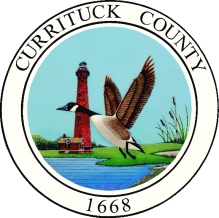Flooding Additional Resources
Regional Hazard Mitigation Plan
The Hazard Mitigation Plan makes an assessment of our current natural hazard risks and sets forth goals, actions and schedules for 2010 and beyond to eliminate, reduce, and mitigate these risks.
The National Flood Insurance Program (NFIP), Community Rating System ( CRS), and Hazard Mitigation Planning are all interrelated programs that support and carry out an overall mission to prevent the loss of life, enhance public safety, and mitigate against future hazards.
North Carolina Flood Risk Information System (FRIS)
Floods are among the most frequent and costly natural disasters in terms of human hardship and economic loss. North Carolina’s Digital Flood Insurance Rate Maps (DFIRM) enable business leaders and residents to more accurately predict flood hazards and prepare for flood risks.
Coastal Barrier Resource Act (CBRA) Fact Sheet
The Coastal Barrier Resources Act (CBRA) protects coastal areas that serve as barriers against wind and tidal forces caused by coastal storms, and serve as habitat for aquatic species. This fact sheet outlines the responsibilities and restrictions that various programs within FEMA have under CBRA.
North Carolina Emergency Management
North Carolina Emergency Management helps North Carolinians prepare for, respond to, and recover from disasters and emergencies.
Federal Emergency Management Agency (FEMA)
FEMA’s mission is to reduce the loss of life and property and protect communities nationwide from all hazards, including natural disasters, acts of terrorism, and other man-made disasters. FEMA leads and supports the nation in a risk-based, comprehensive emergency management system of preparedness, protection, response, recovery and mitigation.

